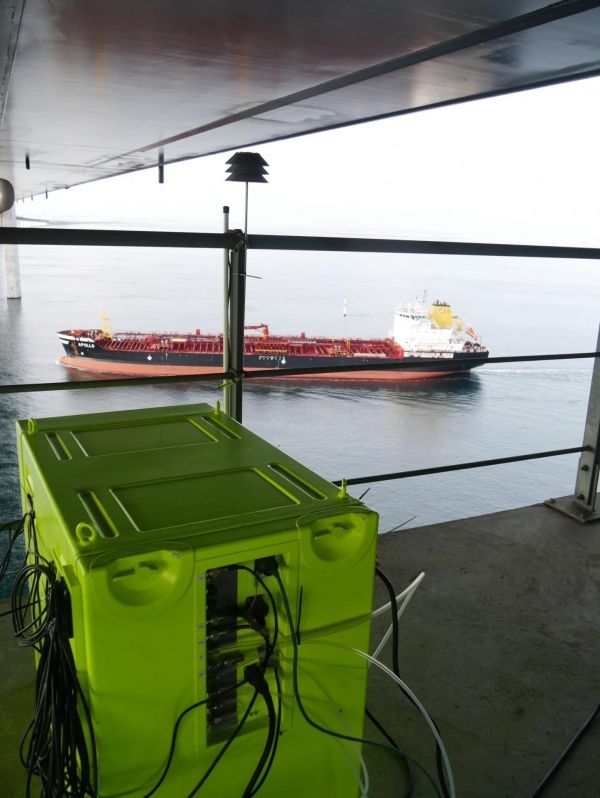Researchers at Chalmers University of Technology have shown that between 87 and 98 percent of ships comply with the tougher regulations for sulphur emissions that were introduced in northern Europe in 2015. The lowest levels of compliance were observed in the western part of the English Channel and in the middle of the Baltic Sea.
The highest permitted sulphur content in shipping fuel was drastically reduced at the end of 2014 for vessels sailing in the northern European Sulphur Emission Control Area (SECA) – from 1.00 to 0.10 per cent. Before the stricter regulations were implemented, sulphur emissions from the shipping industry were estimated to cause the premature death of 50,000 Europeans each year, because the sulphur forms particles that are swept inland by the wind.
Researchers at Chalmers University of Technology, Sweden, have developed a ground-breaking method for remotely monitoring emissions from marine vessels, which they’ve used to investigate the effects of the new regulations. The work has been carried out through the Danish Environmental Protection Agency and the EU projects Compmon and Envisum.
Some of the measurements were taken using an aeroplane flying over Denmark, the English Channel and the middle of the Baltic Sea, while others used fixed measuring stations in the approach to Gothenburg, Sweden, on the Oresund Bridge (between Copenhagen and Malmo) and on the Great Belt Bridge in central Denmark.
Read more at Chalmers University of Technology
Image: Emissions from shipping traffic are monitored using physical/chemical analysis through a "sniffer" on the Oresund Bridge. (Credit: Jörg Beecken)


